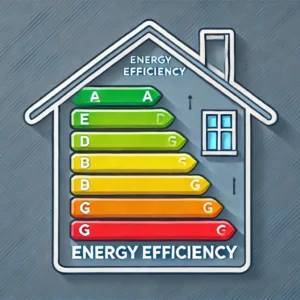Navigating the loan application process with bad credit can be challenging, but it’s not impossible. With careful preparation and a clear understanding of your financial situation, you can improve your chances of securing the funds you need. This guide outlines the essential steps and strategies to help you apply for loans when your credit score is less than ideal.
1. Understand Your Credit Situation
Before you begin, review your credit report to understand your current score and identify any errors that might be dragging it down. Knowing your credit history helps you set realistic expectations and choose the right type of loan.
- Check for Errors: Obtain a free copy of your credit report from major bureaus and dispute any inaccuracies.
- Assess Your Score: Understand where you stand and research which types of loans are designed for borrowers with similar credit profiles.
2. Gather and Organize Your Documentation
A strong application starts with comprehensive and accurate documentation. Lenders will want to see evidence of your financial stability despite past credit challenges.
- Proof of Income: Gather recent pay stubs, tax returns, or bank statements to verify your earnings.
- Employment History: Prepare documentation that shows steady employment, which reassures lenders of your ability to repay.
- Financial Statements: Organize details about your current debts and monthly expenses to provide a clear picture of your financial situation.
- Collateral Information (if applicable): For secured loans, have information on the assets you can offer as collateral.
3. Research Loan Options Tailored to Bad Credit
There are loan products specifically designed for individuals with poor credit. Research various lenders and compare their offerings to find the best fit for your needs.
- Secured Loans: These require collateral, which can lower the risk for the lender and result in better terms.
- Unsecured Loans: While these don’t require collateral, they often come with higher interest rates.
- Specialized Lenders: Look for lenders or online platforms that focus on subprime loans or offer alternative lending criteria that go beyond your credit score.
- Peer-to-Peer Lending: Consider platforms that match borrowers with individual investors, which might have more flexible approval criteria.
4. Improve Your Application Profile
Even if your credit isn’t ideal, there are ways to strengthen your application:
- Debt-to-Income Ratio: Work on lowering your overall debt, if possible, to improve this important metric.
- Co-Signer: Consider applying with a co-signer who has a stronger credit history, which can help secure better terms.
- Consistent Payments: If you’re already making regular payments on existing obligations, highlight this consistency to lenders.
5. The Application Process
Once you’ve selected a few potential lenders, the application process generally involves:
- Filling Out an Application: Complete the application form accurately and thoroughly, ensuring all required documentation is attached.
- Review and Submission: Double-check your application for any errors or omissions before submitting.
- Follow-Up: After submission, be prepared to answer additional questions or provide further documentation if requested by the lender.
6. Evaluate Loan Offers Carefully
When you receive loan offers, compare them based on several key factors:
- Interest Rates and Fees: Higher rates and fees are common for loans aimed at borrowers with bad credit. Calculate the total cost of borrowing over the life of the loan.
- Repayment Terms: Ensure that the monthly payments are manageable within your budget.
- Loan Amount vs. Your Needs: Borrow only what you need to improve your financial situation, and avoid taking on more debt than you can handle.
7. Final Thoughts
Applying for a loan with bad credit requires careful planning, thorough documentation, and a clear understanding of your financial health. By researching options, improving your application profile, and comparing offers, you can find a loan that meets your needs while working towards rebuilding your credit. Remember, timely repayments on any new loan can help improve your credit score over time, opening the door to better financing options in the future.
For further guidance and personalized advice, consider consulting with a financial professional who specializes in credit repair and alternative lending solutions.






